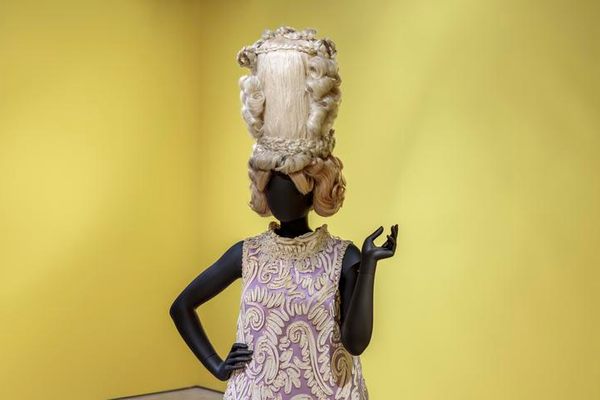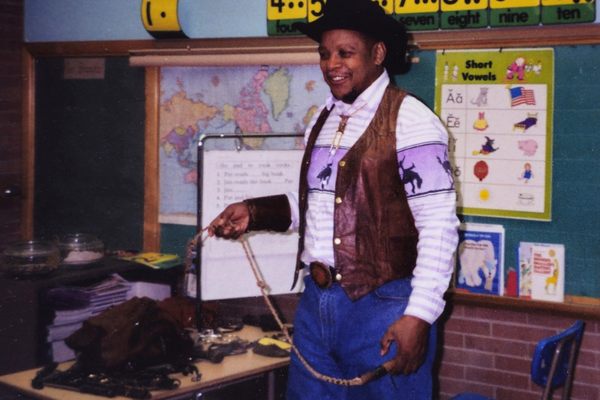Locks of an Ethiopian Emperor’s Hair Are Returning Home From London
Years after having been taken from his dead body after a brutal defeat.

Snatched away from Ethiopia 150 years* ago, two locks of hair from emperor Tewodros II, one of Ethiopia’s most beloved icons, will be returning home. The hair was cut from the leader’s dead body by an English military officer after the 1868 Battle of Maqdala, between the United Kingdom and what was then known as Abyssinia. Ethiopia has been asking for their heritage to be repatriated for years.
The hairs were handed to Hirut Kassaw, Ethiopia’s minister of culture, during a March 20 ceremony at the National Army Museum in London, where they had been held since 1959. Kassaw remarked then that “for Ethiopians, these are not simply artifacts or treasures, but constitute a fundamental part of the existential fabric of Ethiopia and its people,” adding that items like these in museum collections “are of far greater significance to Ethiopians than to those who removed them.”
Emperor Tewodros II ruled the Ethiopian empire of Abyssinia from 1855 until his death at the Battle of Maqdala. During his reign, he unified the various Ethiopian kingdoms into a single empire, and attempted to abolish the ruling feudal class and replace it with a meritocracy. As he engaged in this unification project, he put European missionaries and explorers already on Ethiopian soil to work building a cannon, and commissioned weapons from England. After some of his requests for military assistance were ignored, Tewodros imprisoned English missionaries and other representatives. The English sent military forces, led by Robert Napier, to free them. Even after Tewodros released the prisoners, Napier’s army continued their assault, heading to the fortress in Maqdala. Rather than be taken prisoner, Tewodros committed suicide on April 13, 1868, with a gun that had been gifted to him by Queen Victoria herself.

It is said that following the battle, the British used 15 elephants and 200 mules to cart thousands of artifacts to the coast, about 350 miles away. The loot included 500 manuscripts, two gold crowns, replicas of the tablets on which the Ten Commandments were written, and a royal wedding dress. Tewodros’s seven-year-old son, Prince Alemayehu, was also taken. He died in England at the age of 18 and is buried at Windsor Castle. The nation of Ethiopia has also called for the repatriation of his remains.
According to The Art Newspaper, Lieutenant Frank James cut the locks of Tewodros’s hair while painting the deceased emperor’s likeness. James’s descendants later donated the locks to the museum, along with watercolor renderings of the battle. A spokesperson at the National Army Museum told the BBC that they would not be sharing photographs of the hair with the public as a sign of respect and sensitivity.
Ephrem Amare, director of the National Museum of Ethiopia, told The Art Newspaper that after being flown to Addis Ababa, the locks of hair will be buried with Tewodros’s cremated remains at the Mahbere Selassie monastery in Qwara, in northern Ethiopia.
* Correction: This article was updated to reflect that the battle was 150 years ago, not 200 years ago.


































Follow us on Twitter to get the latest on the world's hidden wonders.
Like us on Facebook to get the latest on the world's hidden wonders.
Follow us on Twitter Like us on Facebook